Since we were tired the previous day, we decided to get a good sleep and woke at 9:00 am. We started at 11:00 am for Junagadh local sightseeing tour with my wife’s generous Deepak Mama being our guide for the day. Our first stop was Girnar, located 5 km from Junagadh. Girnar has been a sacred place well before the Dholavira and Mohan-jo-daro period and its origin can be traced back to the Vedas and other holy scriptures of various Indus Valley based religions. Older than Himalayas, Girnar, the mountain and its range are considered sacred and it’s an important pilgrimage site for both Hindus and Jains, who gather here during the Girnar Parikrama festival. Amidst the lush green Gir Forest, the mountain range serves as the hub of religious activity. We climbed a few steps and saw Ambaji Mata temple from a binocular. From there we proceeded towards Bhavnath Shiva temple. The Shiva linga here is said to have emerged of its own divine intention. Reportedly, when Shiva and Parvati were traveling over the Girnar Hills their divine garment fell over the present Mrigi Kund, making this place an auspicious site for Shiva worshippers. Even today, the naga bavas are known to bathe in the holy Mrigi Kund before joining the Mahashivaratri procession. Legend has it that three sadhus out of many who take a dip at the Mrigi Kund vanish into the waters. Unfazed by the changing times, however, the Naga sadhus believe in the spiritual powers of the kund. According to a legend Lord Shiva himself had taken bath here and the water, which has sulphur, is a sign of his divine presence. Legend also has it that there is a secret tunnel under water from where they go to another place. Next stop was Damodar Kund. It is considered holy, as per Hindu mythology and many Hindus prefer to bathe and immerse the ashes and the bones left after cremation of dead bodies here. We then headed to King Ashoka’s Rock Edicts. They are all inscribed on a rock located outside the town of Junagadh. The inscription is inscribed high up on a large, domed mass of black granite on Girnar, a collection of hills near the town. Our last stop was Darbar Hall museum. The Durbar Hall Museum, Junagadh actually has been a courthouse in the times of the Nawabs where all court cases used to be put up to be fought for or against. Part of the old city palace, the court was later converted into a museum, preserving the tokens and mementos which speaks of the grandeur and glory of the past ages of Nawabs and Sultans. Weapons, Arms, War items, Gold and Silver items, Jewelry, Paintings on big as well as small canvases, Palanquins, howdahs adorn the Durbar Hall Museum. Rich Ornamental carpets, intricately designed silver thrones, beautiful chandeliers speak of the tastes of the then Nawabs of Junagadh. One of the most precious possessions of the Durbar Hall Museum, Junagadh is the silver plated howdah decorated most ostensibly with silver mermaids at four corners and a Tiger made out of silver posing to protect the rich velvet seats. We then took a lunch break at Petal’s Restaurant. The food at the multi cuisine restaurant was very good. It is located besides the famous Lotus Hotel of Junagadh.
After Lunch, we proceeded to see the famous Uperkot Fort of Junagadh. An impressive fort, Uperkot, located on a plateau in the middle of town, was originally built during the Mauryan dynasty by Chandragupta in 319 BC. The fort remained in use till the 6th century, and then it was covered over for 300 years. Then it was rediscovered in 976 AD. The fort was inundated 16 times over an 800 year period. Besides there are well known places like Adi kadi Vav (A stepped well) and Navghan Kuva (A well with steps surrounding it which could hide a large army) which are believed to have been built during the rule of the Solanki of the Chalukya Dynasty in 11th and 12th Century. Dhakka Bari (The window to punish the offenders by throwing them off in the valley) is now closed for public access and can be seen only from the outside of fort. There is a palace of Ranakdevi which is presently in a devastated state and converted into Jama Masjid. Near the palace, two canons named Nilam and Manek, brought from Diu after conquering it in 1962, have been arranged pointing to the picturesque view of the city. Our guide narrated the story of Rani Ranakdevi that sounded really interesting. Rani Ranakdevi was adopted by a family of potter and she grew up into a beautiful woman. A team of bards noticed her and told about her beauty to the Solanki ruler Siddhraj Jaisinh, a famous ruler of Ahilwad Patan who ruled from 1094 to 1143 AD. After listening about her beauty from the bards Siddhraj got impatient to marry her. Meanwhile, Ranakdevi got married to Raja Rakhengar, the ruler of Junagadh. When it came to Siddhraj’s knowledge, he attacked Junagadh. The army of Junagadh strongly defended the fort and the siege continued for twelve years. The fort had all the resources like water tanks and food grain storage to last for twelve years. By then Rani became proud mother of two kids. Raja Rakhengar had two nephews – Desal and Visal. He looked after them as his own kids. As they grew, they became ambitious and conspired against him. They hid armed enemy’s troop in the sack and loaded them on the carts and reached the entrance of the fort. When the guards on duty questioned them, they got angry. They told the guards about the difficulties by which they could procure food for the residents and scolded them for asking unnecessary questions. The two brothers then ordered them to open the gates of the fort. As the carts entered the fort, the defenses of the fort collapsed. Raja Rakhengar was caught, murdered & beheaded and Rani Ranakdevi was captured. It is believed that Girnar mountain was very big at that time and Rani Ranakdevi used to worship it. When Rani was forcibly taken away she became very angry and cursed Girnar – “Oh, Girnar, are you blind? Do you not see your queen’s doom? How will you keep your head high after it? It started a terrible avalanche that threatened to tear the mountain apart. It mellowed Rani and she said, “Enough Girnar! Please do not destroy yourself”. Her words miraculously stopped the avalanche. When Siddhraj Jaisinh was returning victorious, Desal and Visal requested him to declare them his new vassal and to coronate them. Siddhraj was in no mood to reward the two traitors who conspired against their own uncle. He told them coldly, “You were not loyal to your own uncle, so how could I trust you”? He then ordered their execution. The victorious caravan of Jaisinh reached Wadhavan, a nearby village, with the Rani and the head of Rakhengar as the memento of their victory. Rani Ranakdevi was pleading to commit sati. At Wadhavan, Jaisinh had a nightmare and he decided to allow her. But he put the condition that no one would fire her pyre and told her, “If you are as pious as you say, then ask God to light your pyre”. She sat on the pyre with her husband’s head. Suddenly there was lightening in the sky that burnt the pyre. Today there is a temple dedicated to the sati in Wadhavan, Saurashtra. It is believed that a river Bhogavo, used to flow around that village that became waterless after her curse. This legend of Ranakdevi is the favorite fable of the Gujarati bards. There are also Rock Caves believed to be Buddhist Caves having stone carvings and floral work carved as early as 500 BC. There are also the Khapra Kodia Caves north of the fort, and the Babupyana Caves south of the fort. The fort is worth visiting for the seekers of historical places and forts.
Our evening was reserved for the best Zoo in Gujarat, the famous well maintained Sakkarbaug Zoo. Also known as Junagadh Zoo, it is a 200-hectare (490-acre) zoo that opened in 1863 at Junagadh, Gujarat, India. The zoo provides purebred Asiatic lions for the Indian and the international endangered species captive breeding program for the critically endangered species. Wild free ranging Asiatic lions have become extinct over most of Asia and are today found only in the nearby Gir Forest. We had a nice time clicking pictures of lions at the zoo and then it were back at the Hotel.
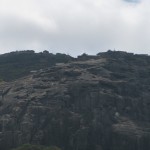
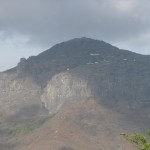
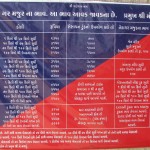
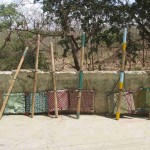

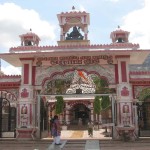
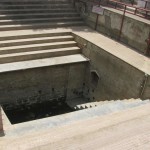
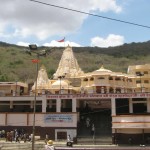
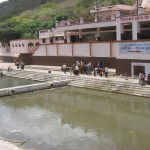
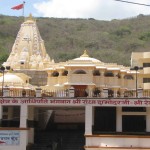
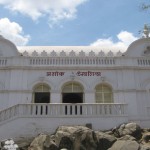
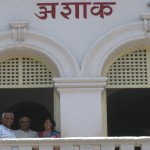
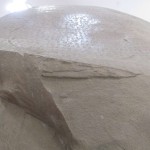
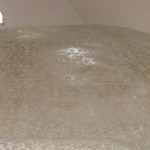
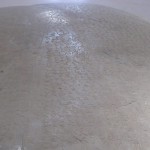
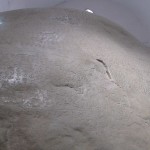
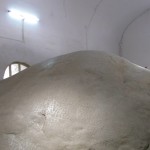
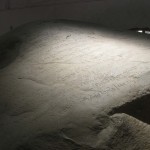


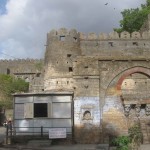
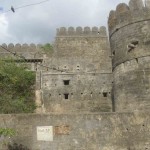
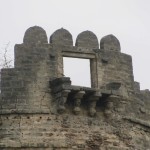

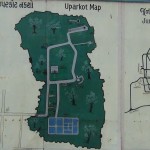
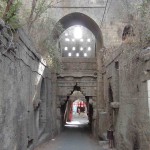
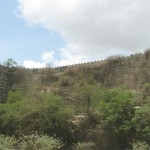
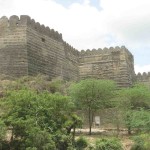
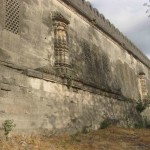

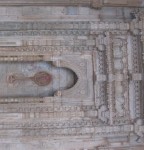
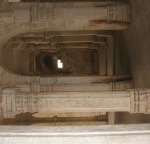
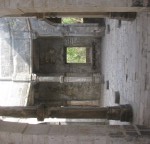
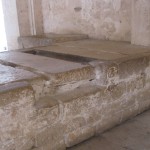
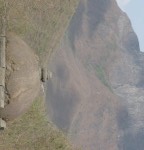
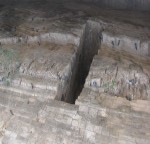
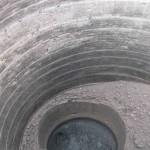
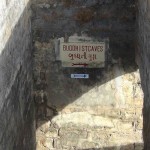
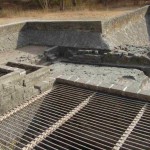

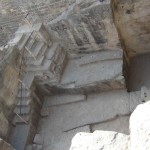
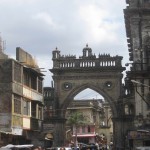
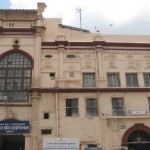
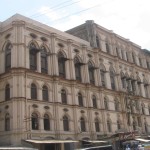
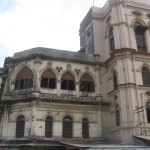
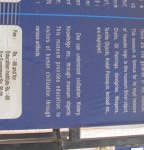
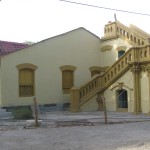
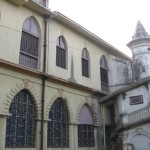
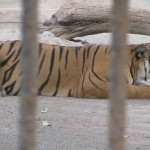
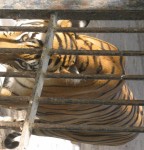
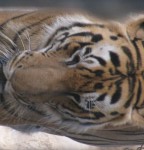
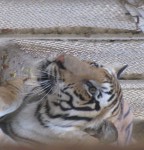

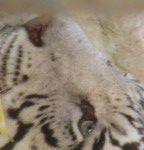




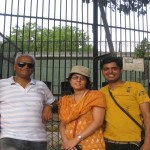
Next Post: Vadodara – Junagadh Trip Day 7

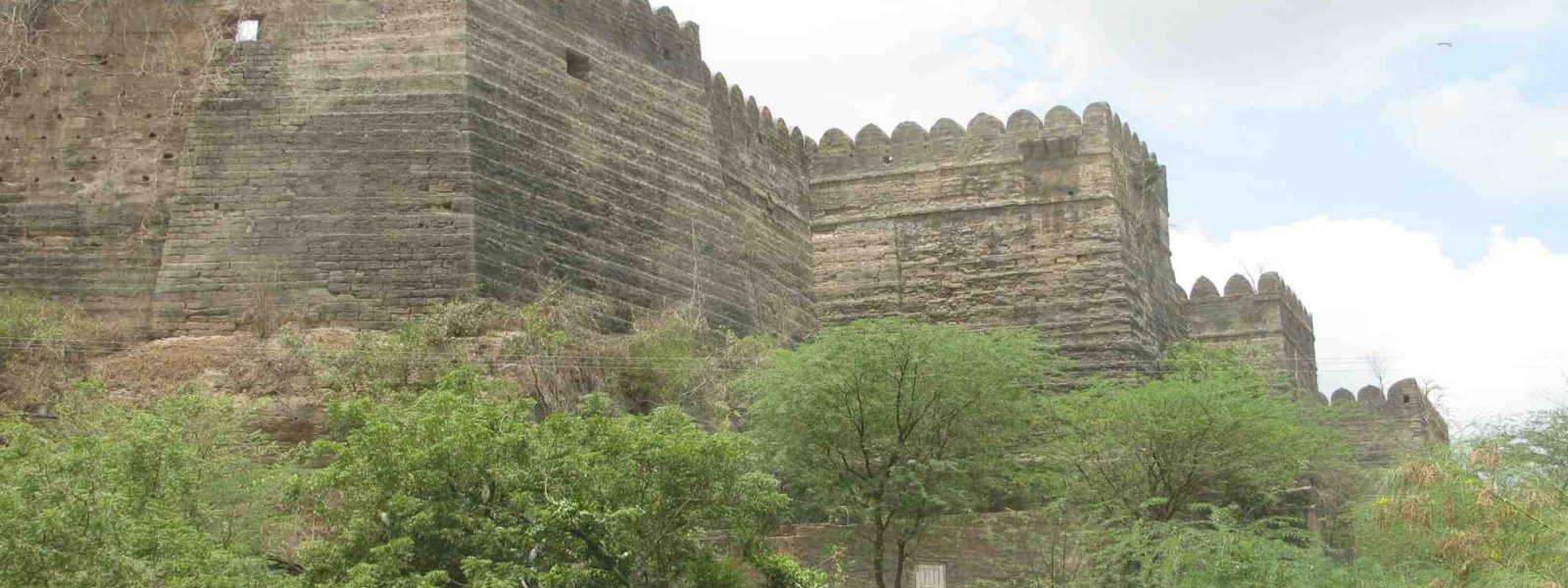
3 Replies to “Vadodara – Junagadh Trip Day 6 (Ashoka Edicts, Uperkot Fort and Sakkarbaug Zoo)”
May 14, 2014
June 1, 2014